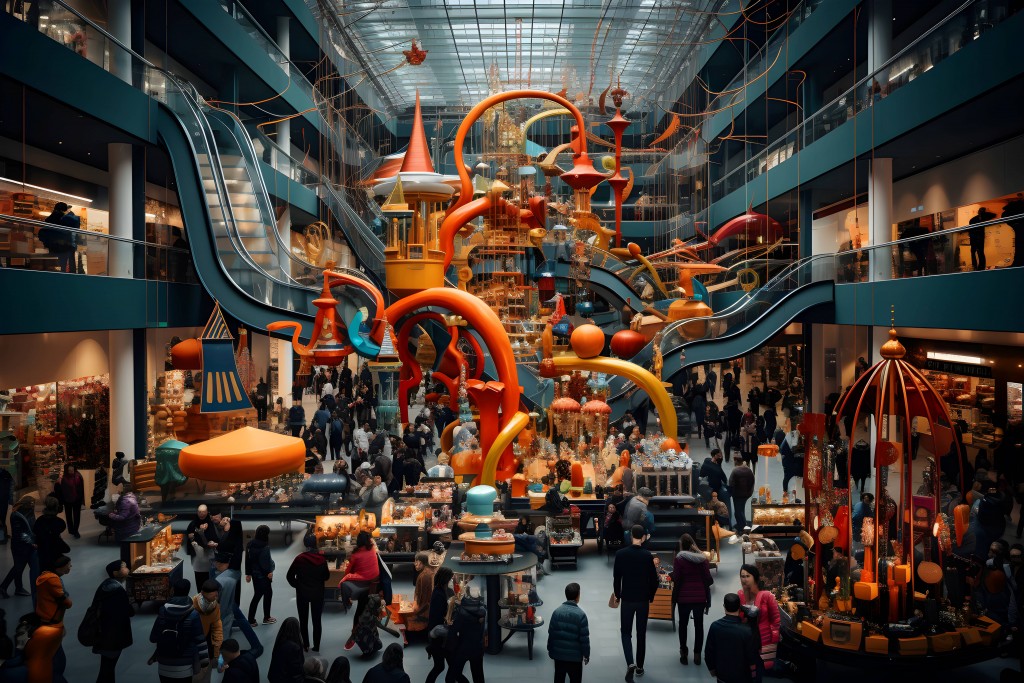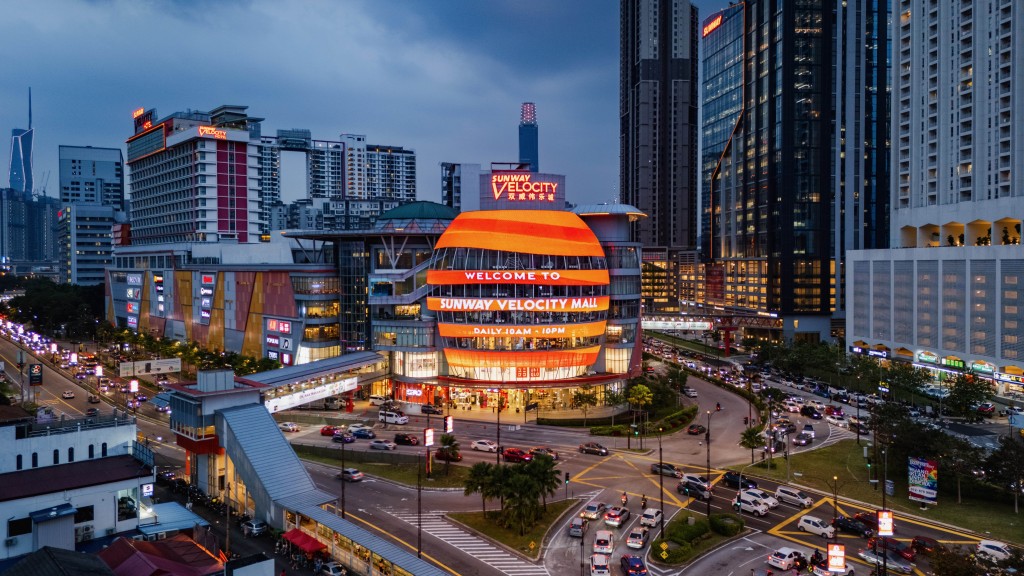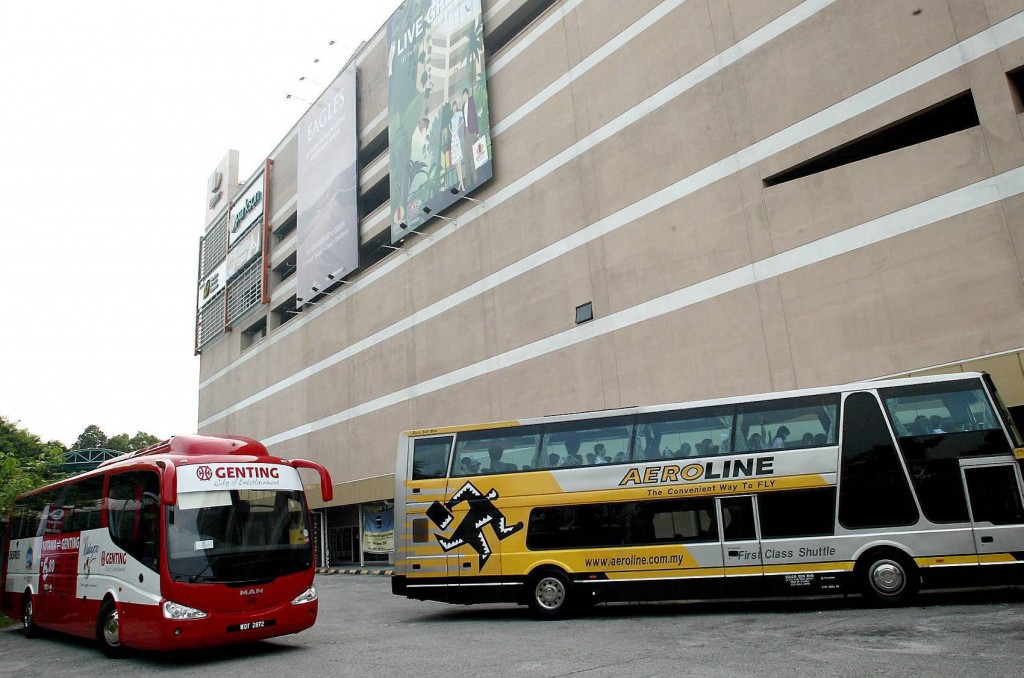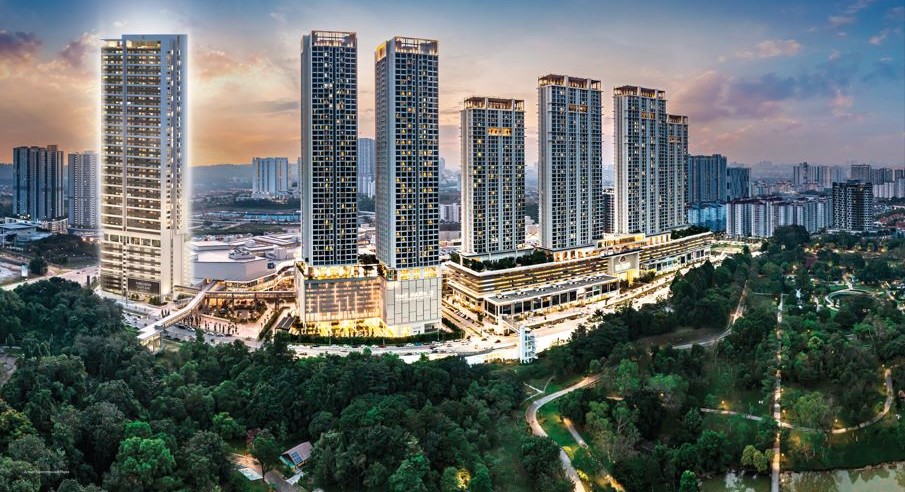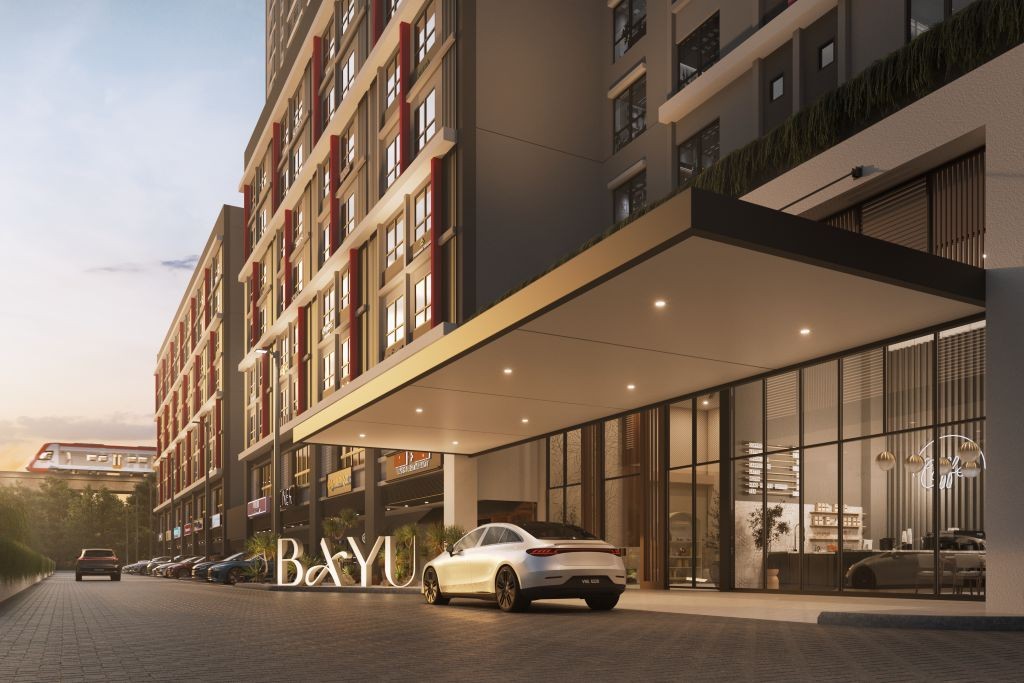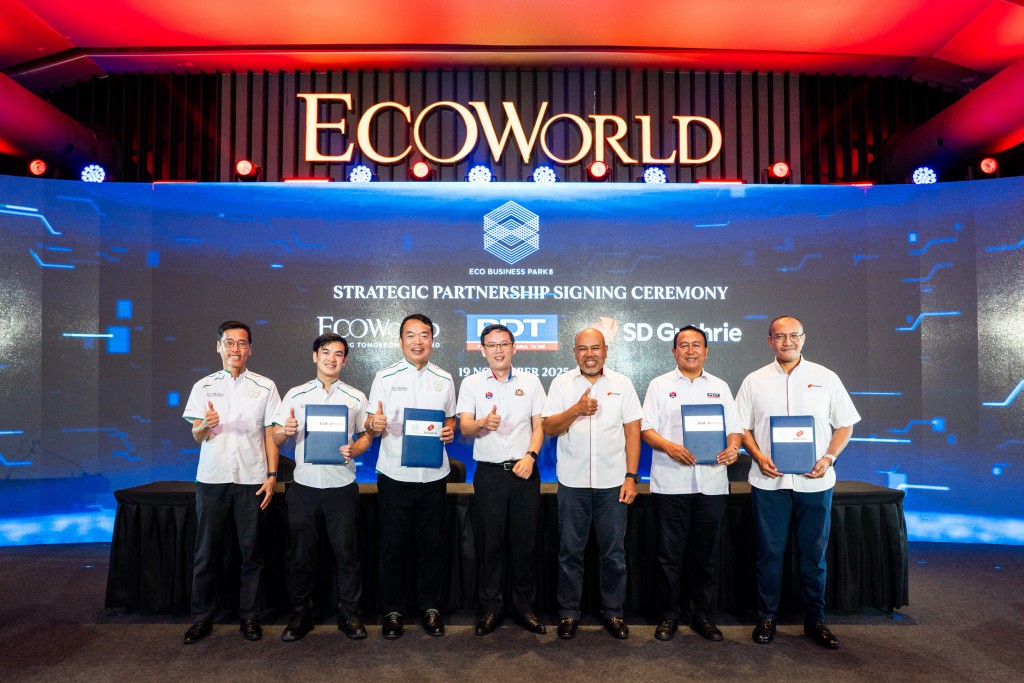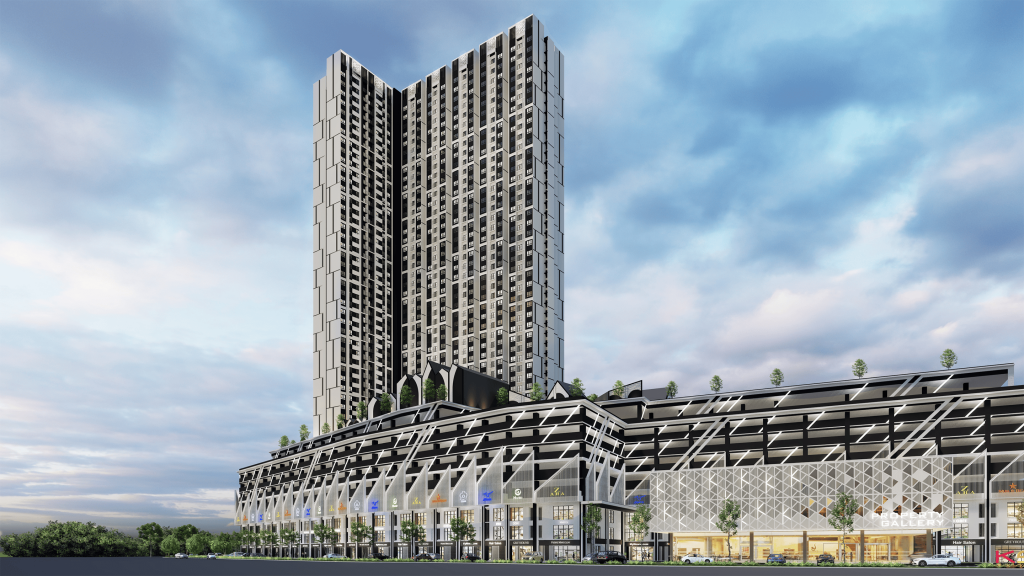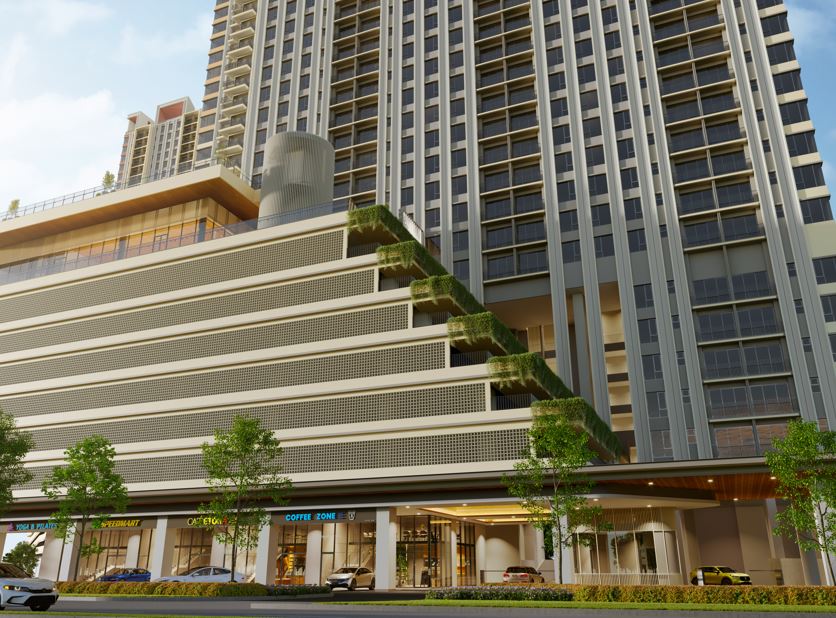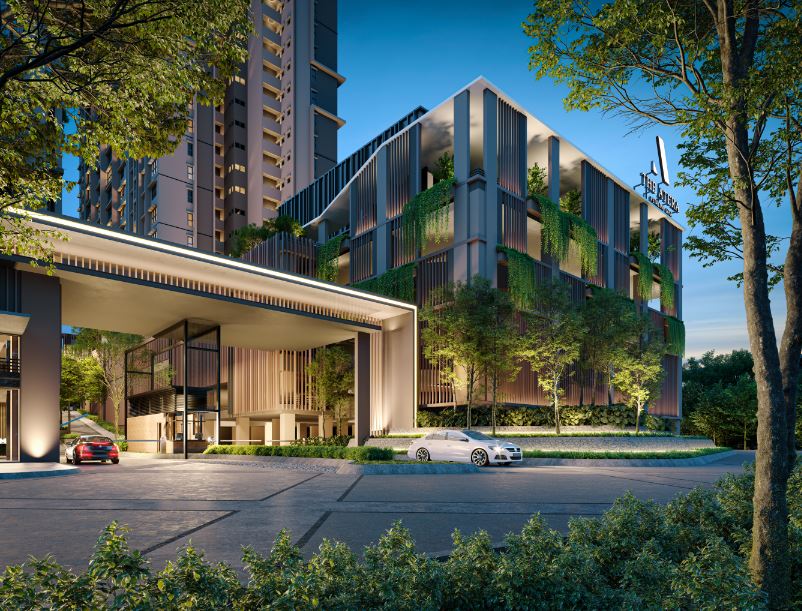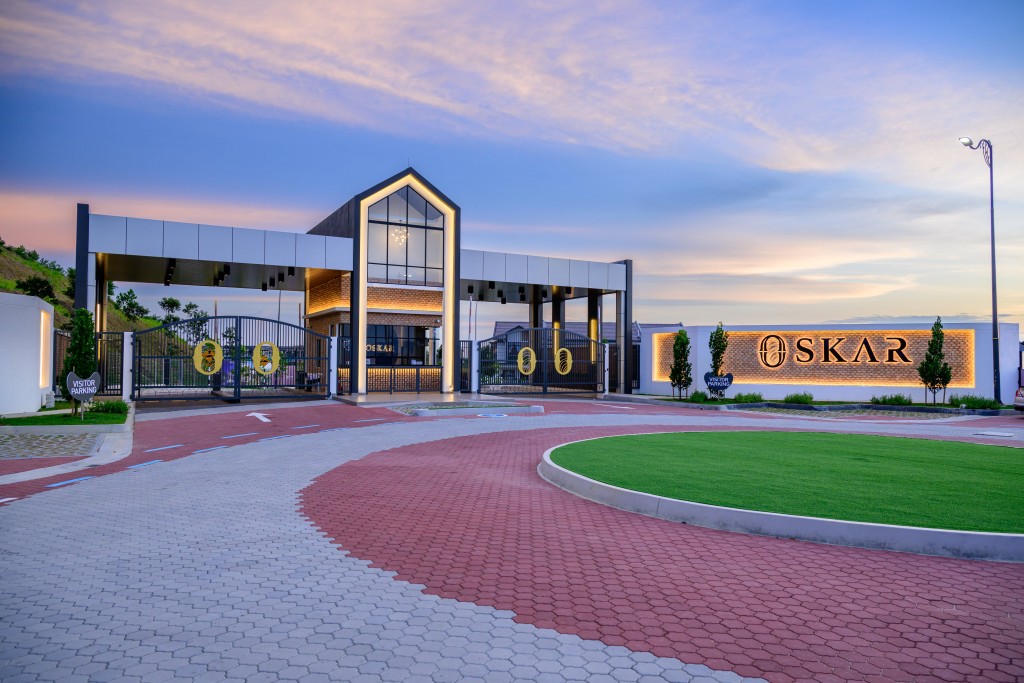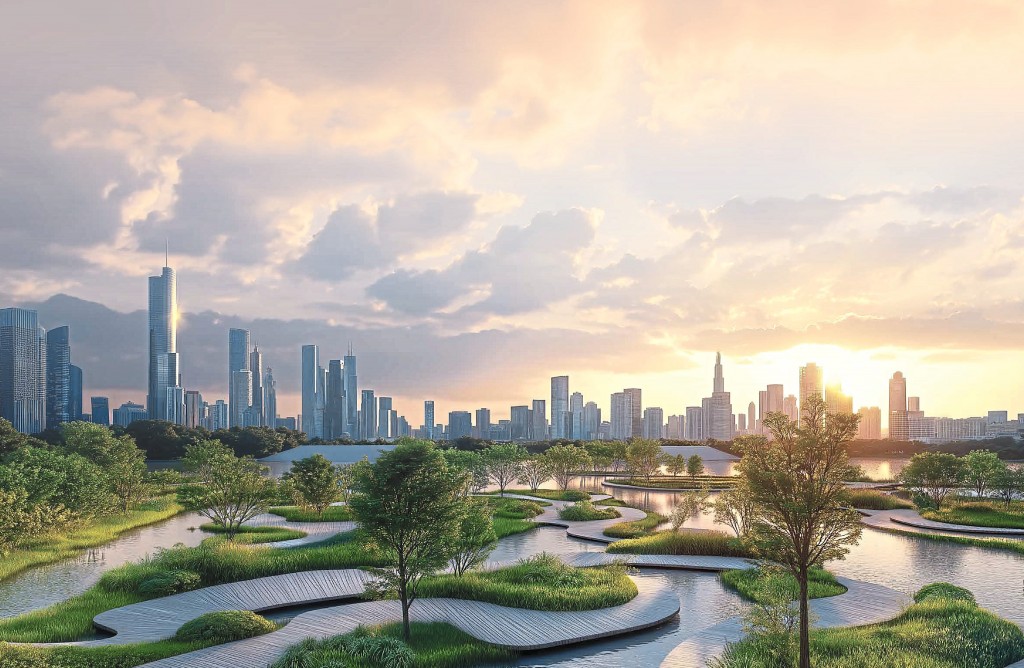Contributed by Evelyn Lo
In today's fast-moving world, the retail landscape is undergoing a profound transformation. This change is being driven not just by technology but by evolving consumer expectations and a deep-seated human desire for meaningful connection. Once the exclusive domain of retail and dining, malls are now being redefined by an upswing in demand for experiences, where leisure, entertainment and emotional engagement have become the new benchmarks of value. The recentShopping Centre Conference 2025, organised by the Malaysia Shopping Malls Association, explored this evolution through the lenses of reimagination, redefinition and rebuilding, highlighting the hallmarks of a sector in transition.
Traditionally, anchor tenants were large, department stores or supermarkets that drove footfall and defined a mall’s identity. Today, however, that concept has fundamentally evolved. In this new paradigm, the experience itself must now be treated as the primary anchor. This shift reflects a deeper understanding of what truly draws people into a physical space: Not just the products on offer but the emotional engagement, entertainment and a sense of belonging that a well-designed environment can provide. To stay relevant, malls must become masters of curating these moments, turning a simple shopping trip into a compelling, multi-sensory journey.
Successful malls in this new era are those that embrace and invest in technology to create immersive and seamless journeys for visitors. From interactive digital installations that captivate the imagination to personalized digital touchpoints that enhance convenience, innovation must be woven into the very fabric of the mall experience. Technology serves as a tool to amplify the physical space, creating a harmonious blend of the online and offline world. This integration is crucial for attracting new visitors and retaining loyal patrons who expect a high level of personalisation and convenience. Equally important is the need for deep collaboration with tenants. Mall operators must act as partners, supporting tenant growth by sharing valuable market insights, co-developing dynamic marketing strategies and responding to changing consumer behaviors through data-driven decision-making. This partnership strengthens the entire ecosystem, ensuring that the mall remains a vibrant and relevant destination in an increasingly competitive landscape.
The emotional edge
In the evolving landscape of experiential retail, two powerful concepts are reshaping how malls engage with their visitors: Enter-tailing and Retail-tainment. These strategies move beyond traditional transactions, tapping into emotion, entertainment and sensory stimulation to create memorable, value-rich experiences. They represent a fundamental shift in focus from what is being sold to how it makes the customer feel.
Enter-tailing refers to inspirational retailing that seamlessly blends shopping with entertainment. It transforms a routine visit into a dynamic event, where customers are not just browsing but actively participating. This can manifest in many forms, from live musical performances and interactive art installations to themed environments that transport visitors to another world. Enter-tailing turns the mall into a stage for discovery and delight, where every corner holds the potential for a new and engaging experience. This approach encourages visitors to linger longer, increasing their likelihood of making a purchase and strengthening their emotional connection to the brand.
Retail-tainment, on the other hand, focuses on the emotional and sensory dimensions of the shopping journey. It uses a carefully curated combination of ambience, lighting, music and even scent to evoke desire and influence mood. This approach goes beyond the visual, creating a holistic experience that engages all the senses. When a shopper feels comfortable, inspired and emotionally connected to the environment, they are more likely to spend time exploring merchandise and feel a deeper sense of reward from the act of shopping. Together, these two strategies elevate the retail experience from a mere transaction to a transformative journey. They shift the focus from simple consumption to meaningful connection, offering consumers not just merchandise but experiences that satisfy both their physical needs and their emotional desires. In doing so, they redefine the role of malls and retail spaces, moving them from commercial hubs to cultural and social destinations.
Placemaking: The strategic heartbeat
To remain vibrant and relevant, malls must now reimagine their underutilised areas into purposeful zones. This approach, known as placemaking, transforms malls from mere commercial centers into living, breathing destinations that anchor urban life. It is a multi-faceted, strategic process that involves careful planning, thoughtful design and expert management of public spaces. Placemaking capitalises on a mall’s unique assets and potential to enhance its vitality and promote community well-being. It is about creating environments that entertain, inspire and reflect the values of the community they serve. By becoming true placemakers, malls can elevate their role in urban life, establishing themselves as essential destinations where people gather to connect and engage.
As more of our lives unfold in the digital realm, our innate human need for physical connection intensifies. We are social beings by nature and this is where malls are uniquely positioned to fill the gap. For mall operators to stay relevant, they must become creators of culture, commerce and community. This means designing spaces that support all retail trends, championing sustainability and inclusivity and building emotional significance through storytelling and local engagement.
In this new era, malls are no longer just places to shop; they have evolved into third places in our lives—beyond our homes and workplaces—where people gather to feel a sense of belonging, engage with local culture, discover new ideas and participate in shared moments that enrich everyday life. These spaces are becoming vibrant ecosystems that reflect our values, support well-being and shape the social fabric of our environment. The challenge for mall operators is steep, as consumer behaviour evolves faster than traditional retail environments can adapt. However, the opportunity is even greater: To transform these spaces into environments where people truly feel, connect and belong, securing their place as vital hubs of community life for decades to come.
This article was first published in Star Biz7.
Stay ahead of the crowd and enjoy fresh insights on real estate, property development and lifestyle trends when you subscribe to our newsletter and follow us on social media.

